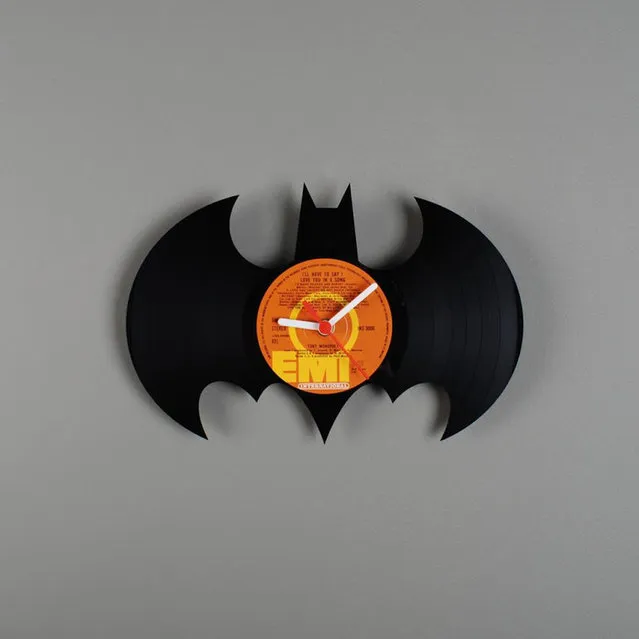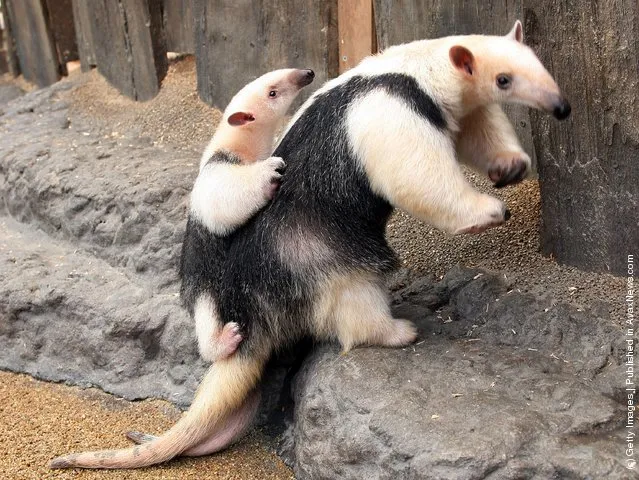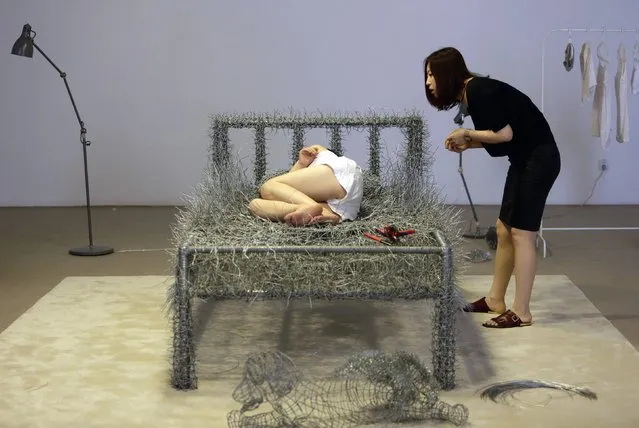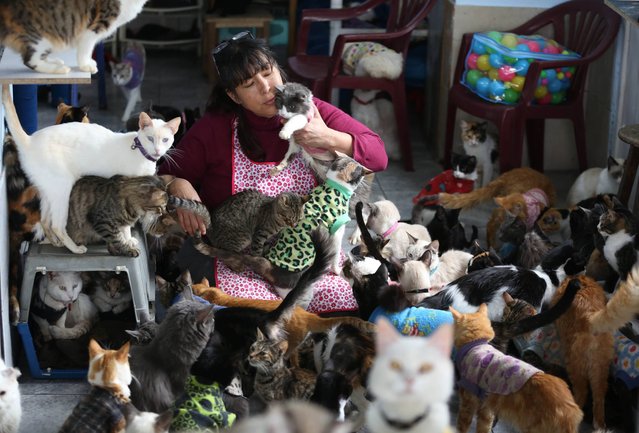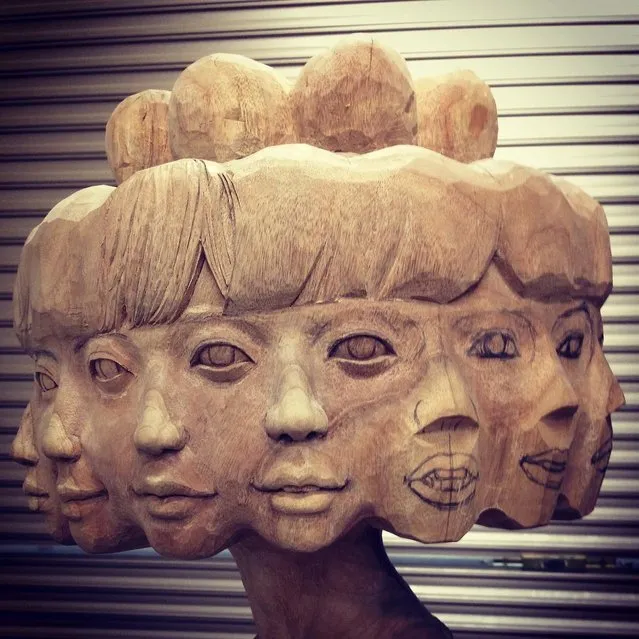
Here’s a closer look at the official The Simpsons LEGO set that we previewed earlier here. In celebration of the animated sitcom series’ 25th anniversary, LEGO has paired up with Matt Groening‘s cartoon creation for a two-part collaboration that features arguably two of the largest entities in popular culture. The limited-edition LEGO set depicts the Simpson family’s home, alongside mini-figures of Homer, Marge, Bart, Lisa, Maggie and Ned Flanders. The painstakingly recreated LEGO brick house can be reconfigured and opened up to reveal the inside of the four-bedroom residence. The release of the scaled set will be accompanied by a LEGO-themed episode of The Simpsons, which is set to air on FOX in May. Longtime Simpsons fans can purchase the set for $200 USD at select LEGO stores early next month.
22 Jan 2014 12:27:00,post received
0 comments

